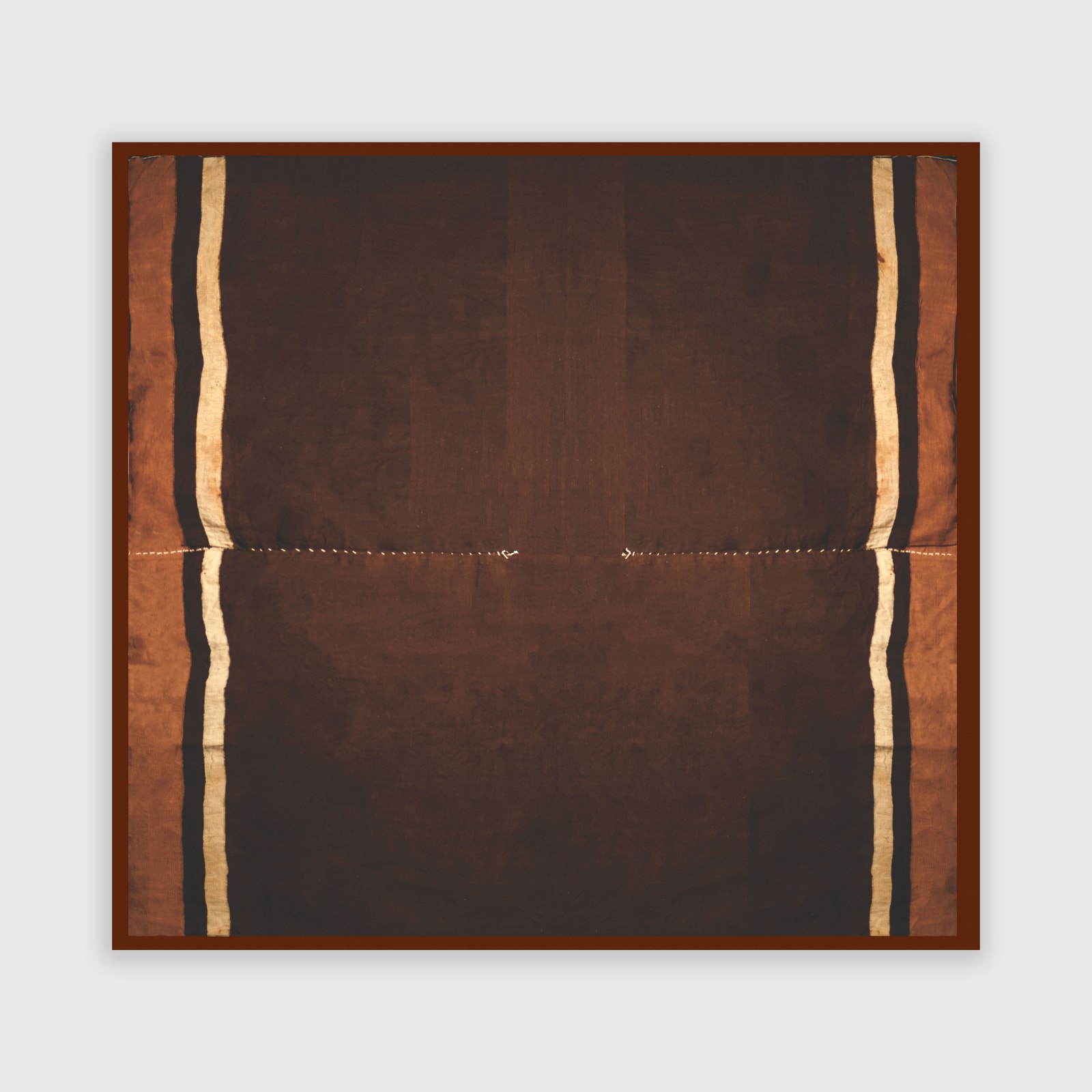Chancay Culture 1000-1470
64 x 74 in
Further images
Paternosto was deeply critical of the Western tradition's obsession with illusionistic depth. In contrast, Pre-Columbian textiles—especially Andean ones—are rigorously flat, focusing on pattern, rhythm, and structure over representation. This aligns closely with his belief in a kind of abstraction that emerges from material intelligence rather than metaphysical detachment.
“The true abstraction was already in the Andes,” he wrote, challenging the Eurocentric narrative that places abstraction’s birth in the early 20th century.
One of his key formal innovations—painting on the sides of the canvas—is conceptually tied to the way Andean weavings integrate form and surface. In those textiles, meaning is not centralized; instead, it’s dispersed rhythmically across the fabric. Similarly, Paternosto turns the “support” of the painting into an active site, breaking the frontal plane and inviting viewers to move around it—mirroring how textiles are handled and experienced in the round, or across a body.





